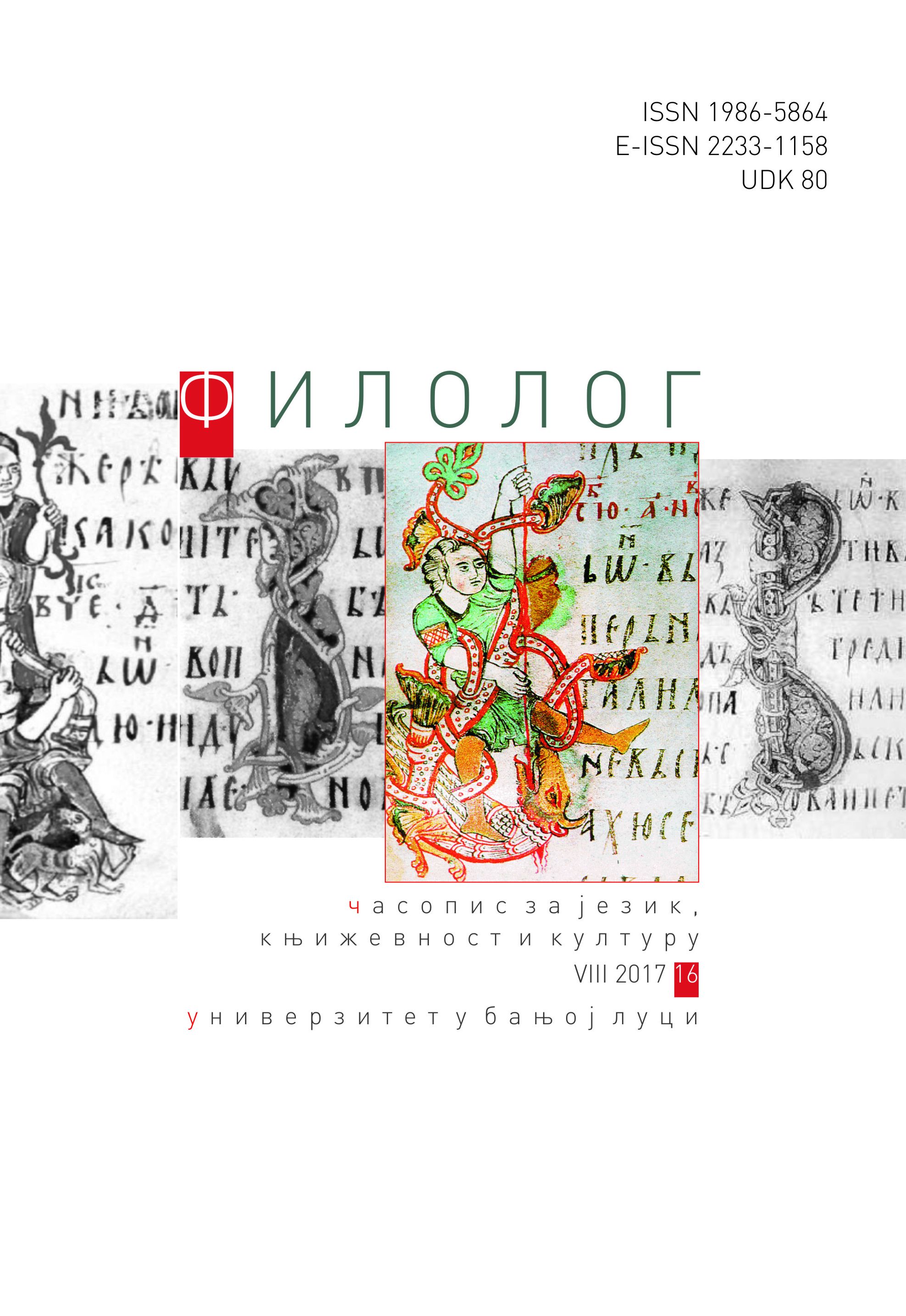„Франкенштајн” – пример редукције сопства у готској књижевности
“Frankenstein” – an Example of the Reduction of Selfhood in Gothic Literature
Author(s): Bratislav M. MiloševićSubject(s): Novel, Other Language Literature, Theory of Literature
Published by: Филолошки факултет Универзитета у Бањој Луци
Keywords: Gothic; selfhood; reduction; otherness; suppression; dialectic;
Summary/Abstract: The paper defnes and thematises the concept of selfhood in the context of Mary Shelley’s novel, Frankenstein, as one of the cult novels of Gothic literature. First, the focus is on the constant attempt to reduce selfhood – its choking and limitations – despite the fact that selfhood is, in itself, a largely psychobiologically indeconstructible category and anthropological fact. First of all, the paper shows a constant negation, forced denial and tyranny over otherness within selfhood (otherness as oneself) and the consequent suffering of Victor Frankenstein – the tyrant of his own otherness. Оtherness, which is physicalised through Frankenstein’s monster in the novel, is its own otherness or the alterity of Victor's selfood which he increasingly rejects and demonises at the expense of the decomposition of his selfhood. At the same time, relying on Paul Ricoeur’s theoretical insights in the book Oneself as Another, the paper attempts to point both to the impossibility of understanding the man in the context of rigidly deterministic social norms and to the unwholesomeness of his selfhood (ipseity) without the acceptance and recognition of the existence of otherness. In other words, the paper insists on the dialectic relationship between selfhood (ipseity) and otherness (alterity) as the original, archetypal relationship between selfhood and otherness in order to understand the individual as a whole. In fact, the paper proves that selfhood (Victor) and otherness (the creature, the monster) are not aspects of a man which should be looked upon as mutually disjunctive: they are mainly complementary. Therefore, Frankenstein, as an illustrative example of Gothic literature, points to the necessity of their consideration as such, which represents a big challenge on the way to establishing the proper relationship to selfhood. Finally, this classic of Gothic literature sharply criticises the reductionist, split selfhood and points to the need for a constant search for the archetypally indivisible selfhood – selfhood in which both self and Otherness are integral, inalienable parts of the same whole.
Journal: Филолог – часопис за језик, књижевност и културу
- Issue Year: 2017
- Issue No: 16
- Page Range: 296-308
- Page Count: 13
- Language: Serbian

